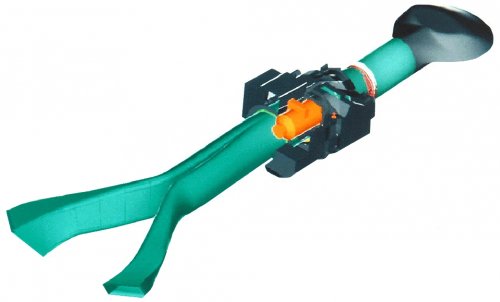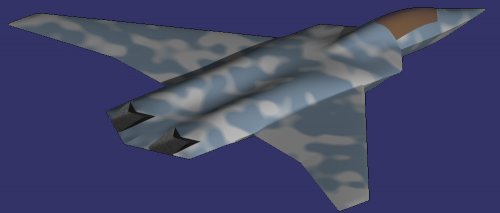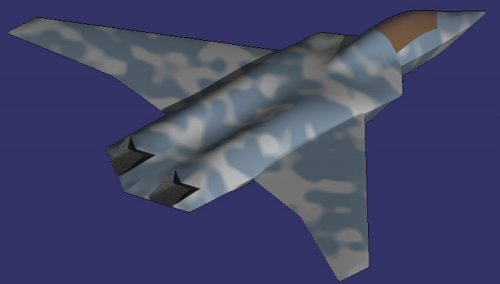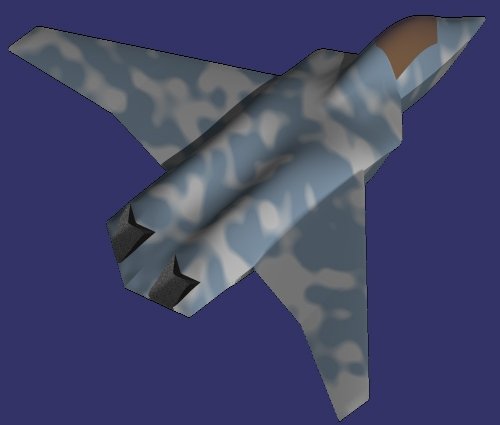DARPA's Air Dominance Initiative
The Pentagon's Defense Advanced Research Projects Agency (DARPA) is studying next-generation fighter concepts under a new air dominance initiative that should yield results for next year's budget cycle.
DARPA director Arati Prabhakar says that the air dominance study grew out of conversations she had with Pentagon procurement chief Frank Kendall when she took the helm at DARPA last year. "Out of those conversations came the notion of taking a look at air dominance and asking the question about how we could create this generational shift and how we could extend our air superiority capability," she says. However, Prabhakar adds the caveat that "there really isn't going to be a silver bullet technology that, for example, extends air superiority into the next three or four decades."
But the Pentagon believes that it must begin studying technologies to take on advanced threats because future threats will be much more dangerous that the enemies the USA has faced since the end of the Cold War. "Frank Kendall, I think, also had a strong view that, first, that it's very important for us to create this generational shift in capability recognizing that the threats we are going to face in the future are likely to be much more sophisticated than what we have seen in the last decade," Prabhakar says.
Prabhakar says that DARPA has "very deliberately" chosen a "systems approach" to the problem. "This is not a question about what does the next aircraft look like, this is a question about what are all the capabilities that it will take, layered together, in order to really comprehensively extend air superiority," she says.
DARPA is conducting the study in conjunction with the US Air Force and the US Navy. There are eight DARPA programme managers matched with USAF and USN experts working on next generation technologies for the project. Those technology areas span networks and communications, control of the electromagnetic spectrum, sensing across the electromagnetic spectrum, manned and unmanned teaming, and the role of space-based assets. "It been a very high-energy effort over the last few months," Prabhakar says.
Preliminary results from the study could influence further developments as early as the fiscal year 2015 budget process."At this point, we're just a few months into a study, what I hope will come out of this will be some initiatives for the next budget cycle," Prabhakar says.
http://www.flightglobal.com/blogs/the-dewline/




